Pour accélérer les particules, les accélérateurs sont dotés de cavités radiofréquence (RF) : ce sont des enceintes métalliques qui abritent un champ électromagnétique. Les particules chargées qui pénètrent dans ce champ reçoivent une impulsion électrique qui les fait accélérer.

Dans le Grand collisionneur de hadrons (LHC), 16 cavités RF sont placées dans quatre réfrigérateurs cylindriques appelés cryomodules, ce qui leur permet de fonctionner à un état supraconducteur (lien vers la page supraconductivité).
Chaque cavité est pilotée par un klystron haute puissance, un tube contenant des faisceaux d’électrons. Les faisceaux d’électrons sont modulés en intensité à une fréquence de 400 MHz, autrement dit 400 millions d’oscillations par seconde. Un tube rectangulaire en métal conducteur, appelé guide d'ondes, transmet l’énergie à la cavité. Chaque cavité peut atteindre une tension maximale de 2 megavolts (MV), soit 16 MV par faisceau.

Ces puissantes cavités portent l’énergie des particules de 450 GeV (mille millions d’électronvolts) à 6,5 TeV (millions de millions d’électronvolts), soit plus de quatorze fois leur énergie initiale. L’énergie maximale est atteinte au bout d’environ 20 minutes, durant lesquelles les paquets de protons ont traversé les cavités RF plus de 10 millions de fois.
Le champ d’une cavité RF est généré pour osciller (changer de direction) à une fréquence donnée ; il est donc important que les particules arrivent à un moment précis. Toutes les cavités RF du LHC sont réglées pour osciller à une fréquence de 400 MHz. Lorsque le faisceau a atteint l’énergie requise, un proton qui arrive au moment idéal, et avec l’énergie idéale, ne subit aucune accélération.
En revanche, des protons avec des énergies légèrement différentes, arrivant un tout petit peu plus tard ou plus tôt, sont accélérés ou ralentis de manière à ce que leur énergie retrouve la valeur voulue. Le faisceau de particules est ainsi découpé en groupes de protons, appelés « paquets ».

Outre ces cavités accélératrices, le CERN développe des cavités dites « crabe » pour le successeur du LHC, le LHC à haute luminosité. Ces cavités ont pour mission de donner une impulsion transversale pour orienter les particules avant la collision.

